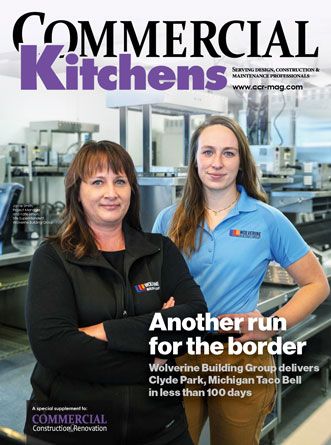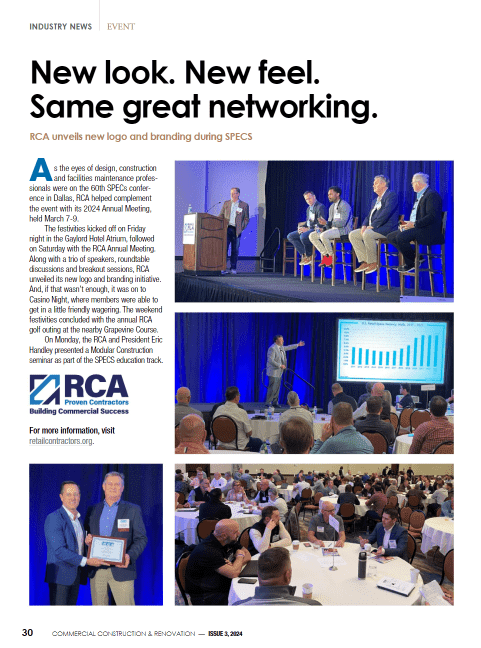There are four main causes of construction site accidents, and the Occupational Safety and Health Administration refers to them as the “Fatal Four” because they can be deadly. Falls, electrocutions, struck-by accidents, and caught-in-or-between incidents make up most of the accidents resulting in injuries and fatalities on construction sites.
Categorizing accidents helps employers identify and address the root causes and implement preventative measures so that future incidents are less likely to occur. When employers review safety protocols and target specific hazards, they can improve the overall safety of a construction site.
Take a closer look at the four main causes of construction accidents and some methods that can be used to prevent them.
Avoiding Dangerous Falls on Construction Sites
In the United States, falls are the leading cause of fatalities in the construction industry. As a result, employers must implement safe practices to protect workers to minimize the risk of falling.
Harnesses
Falls between 10 and 20 feet account for most construction site fatalities. There are different requirements for various industries, but in some cases, workers are required to wear harnesses to prevent falls from heights (FFH) of less than four feet.
Guardrails
Safety guardrails are used on roofs, stairwells, floors without walls, and other elevated spaces to protect workers. OSHA requires that guardrails be able to withstand a minimum of 200 pounds of force.
Lifelines
A lifeline is a protection system used to prevent falls, and they are commonly used at construction sites. They consist of wire lines and stanchions that hold them in place.
Equipment Used to Lower the Risk of Slip and Trips
Slip and trip accidents are one of the most common types of accidents. The best way to prevent this type of accident is to keep work areas tidy. A clean work area needs to be a priority, and employers should provide equipment that makes it easy to keep work areas clean.
Construction sites can be messy, with waste like board ends, pieces of wire, and packaging littering the floor. By using self dumping hoppers in strategically placed locations, employees can keep their workspace clean as they go by using self-dumping hoppers in strategically placed locations. Slim under-counter hoppers can be rolled underneath workbenches to catch falling debris from saws, for example. Hoppers are also helpful for storing unused scraps of lumber.
Protecting Construction Workers from Electrocution Hazards
According to the Centers for Disease Control, most electrocutions involve construction workers. In fact, construction workers are four times as likely to be electrocuted than workers in other industries.
The most effective ways to prevent electrocution involve proper training and procedures. All employees should be trained to use lockout/tagout (LOTO) procedures, and younger employees must be properly apprenticed. Contractors need to be particularly careful when they are working on a job site because half of all fatalities on construction sites involve contractors.
Inspections should be conducted regularly to ensure that work is being done in a safe manner, and faulty wiring and equipment should be repaired or replaced immediately. It’s also important for construction workers to use proper PPE when working around electricity, such as insulated gloves and boots.
Reducing the Risk of Objects Striking Construction Employees
Another common danger for construction workers is being struck by objects like falling lumber, loose debris, or roofing materials. Workers can minimize the risk of being struck by objects by following safety protocols and using protective gear. Storing and handling materials is also important to prevent struck-by accidents.
Construction site managers must strictly enforce the following practices to lower the risk of objects striking construction workers:
- Safety eyewear– when flying objects strike workers in the face, the eyes are vulnerable unless they are protected with safety goggles.
- Hardhats– Visitors and employees need to wear hardhats, and they should be inspected regularly for signs of wear.
- Hi-visibility clothing– One of the biggest risks in this category is being struck by vehicles, which hi-visibility gear helps to prevent.
- Tool and equipment inspection– When tools aren’t working properly, they aren’t safe. When inspecting equipment, look for missing or removed guards and check for other defects that can put workers at risk.
- Lock equipment that’s not in use– Any equipment with moving parts should be locked when not in use. Blades should be lowered on saws and heavy equipment like bulldozers.
- Limit the number of people in work zones– When too many people are in a work zone, it creates chaos. Limit the number of employees and visitors to keep work areas safe.
Minimizing the Risk of Being Caught in or Between Objects on the Job
The last category in OSHA’s Fatal Four of construction site hazards is caught-in-or-between accidents. To prevent this type of accident, avoid the following:
- Trenches or excavations are deeper than five feet where there is no trench shield system or where trenches are not shored up or adequately sloped.
- Machinery that doesn’t have proper guards.
- Machinery that cannot be locked out properly.
- Equipment that can tip over.
- Work that puts employees in between machinery and immovable objects.
Protect Employees By Preventing Construction Site Accidents
Employers in the construction industry must take steps to protect their workers. By concentrating on the four main causes of accidents, managers can make their job sites safer for employees, contractors, and visitors. Employees are safer on construction sites with proper training, regular inspections, and strictly enforced safety policies.










 The 2024 virtual Men’s Round Table will be held Q4, 2024, date TBD.
The 2024 virtual Men’s Round Table will be held Q4, 2024, date TBD.











